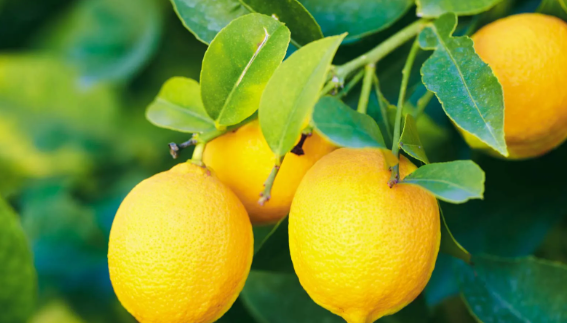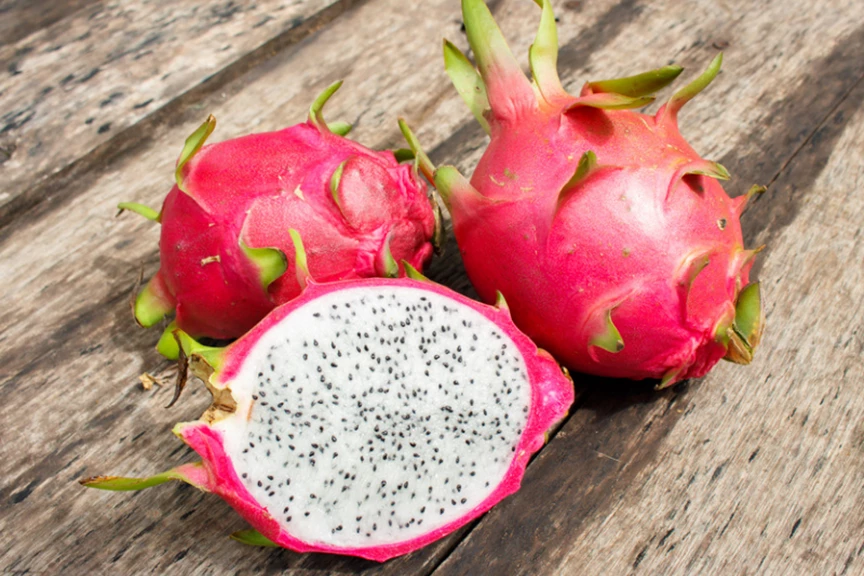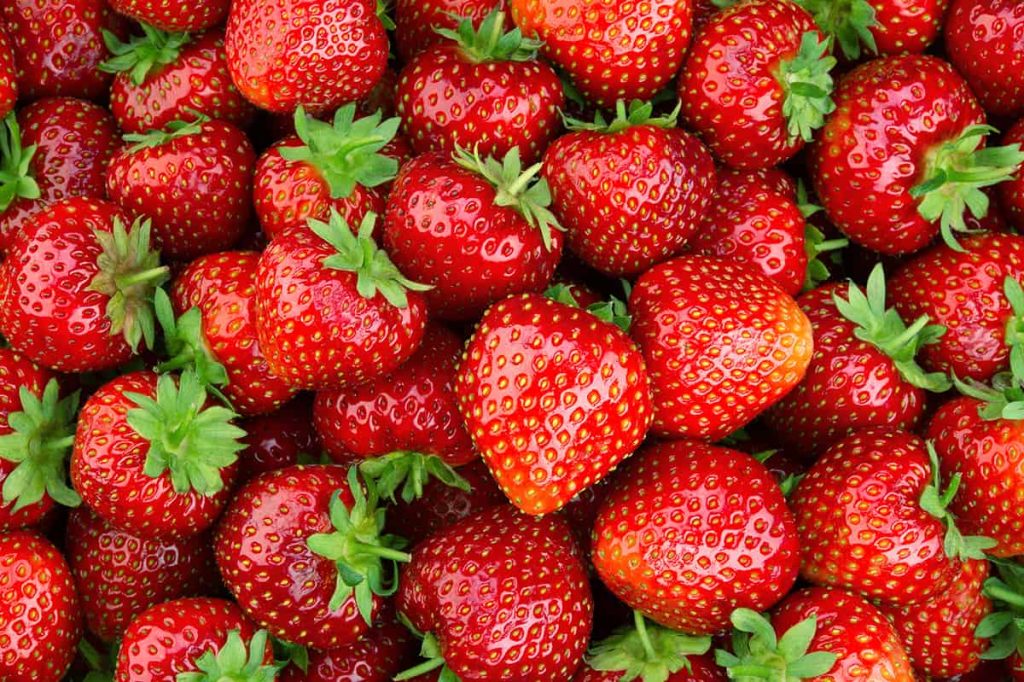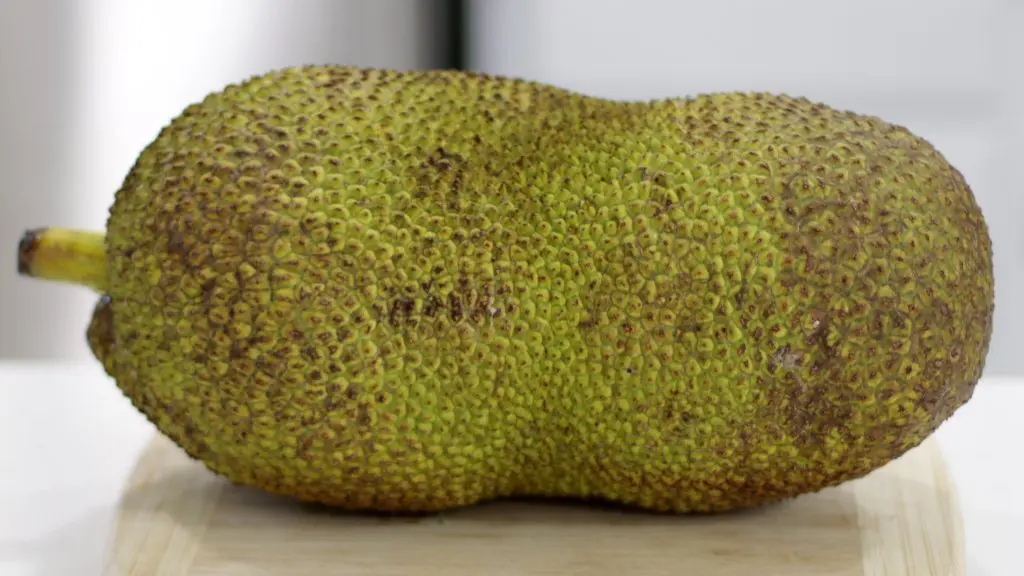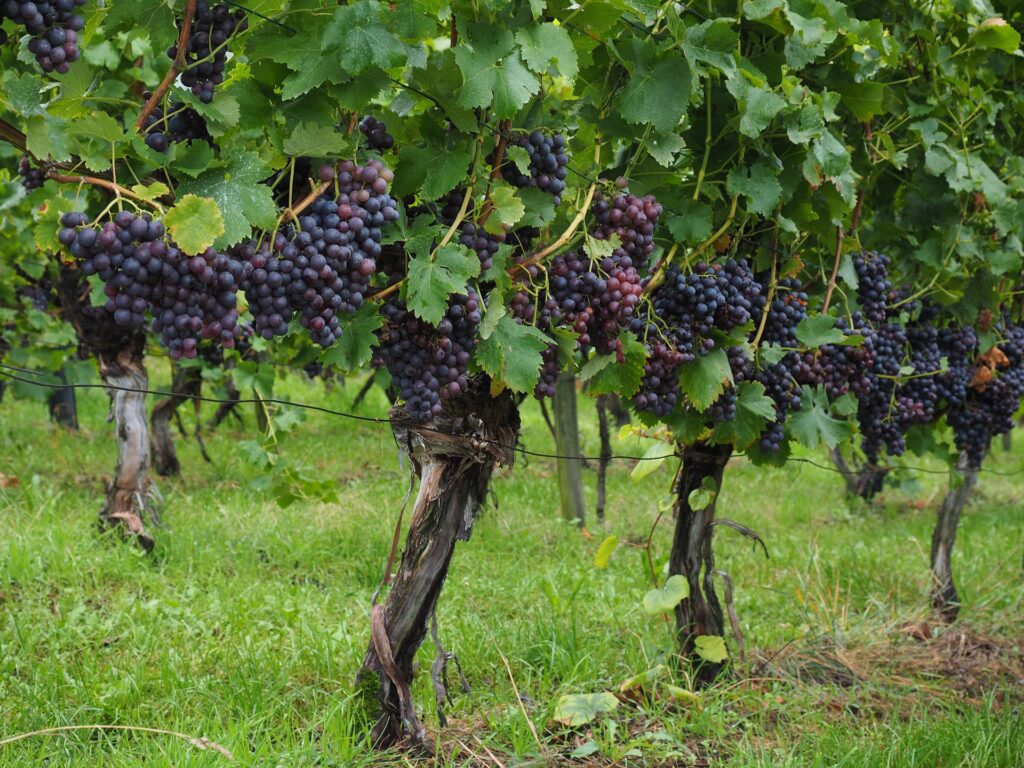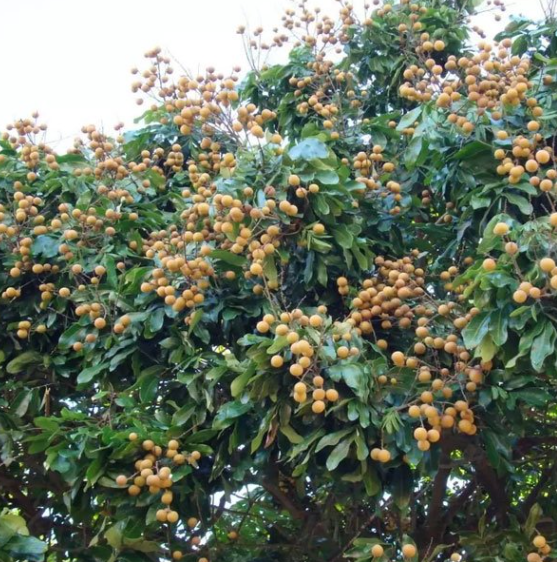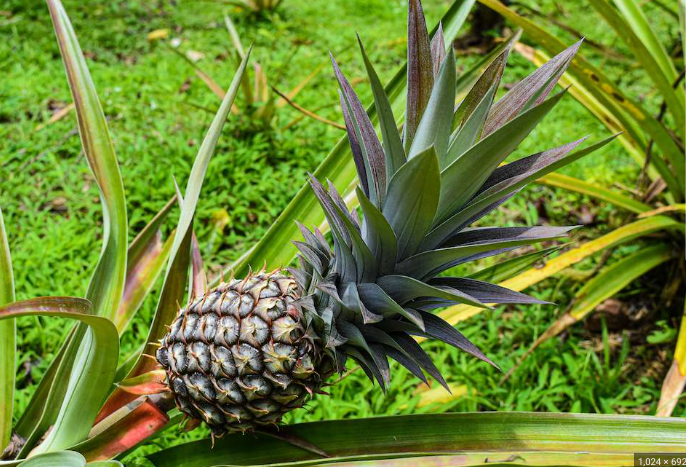Mango trees are known for their full green leaves and tasty fruit. But you might wonder if they ever lose their leaves like many trees that change with the seasons. The answer is yes, mango trees do shed their leaves. Let’s dive into why this happens and learn more about these amazing trees.
Table of Contents
- Why Do Mango Trees Lose Their Leaves?
- A Closer Look at the Mango Tree’s Life
- 1. Starting from a Seed
- 2. Growing Bigger and Making More Leaves
- 3. Flowers Turning into Fruit
- Understanding Mango Trees and Leaf Shedding
- 1. Changing Leaves with the Seasons
- 2. When the Environment Affects the Tree
- The Good Side of Leaf Shedding
- 1. Saving the Tree’s Energy and Nutrients
- 2. Keeping Away Diseases
- Taking Care of Mango Trees When They Shed Leaves
- 1. Right Amount of Water
- 2. Trimming and Looking After the Tree
- In Summary
- Frequently Asked Questions (FAQs)
- What happens to my mango tree if all the leaves fall off?
- Do mango trees lose their leaves often?
- Is it bad if my mango tree loses leaves in the hot season?
- Can anything be done to make my mango tree’s leaves grow back faster?
- Can I use the leaves that fall from my mango tree for compost?
Why Do Mango Trees Lose Their Leaves?
Mango trees lose their leaves, even though they are usually green all year round. They do this to save energy and get ready for growing new leaves. Sometimes, the weather, like too much heat or cold, or not enough water, can also make mango trees drop their leaves.
A Closer Look at the Mango Tree’s Life
The mango tree, or Mangifera indica, has different stages in its life, from starting as a seed to making fruits.
1. Starting from a Seed
The life of a mango tree begins with a seed. In the right conditions, the seed sprouts and a small plant comes out of the soil with its first leaves, known as cotyledons.
2. Growing Bigger and Making More Leaves
In the next phase, the young mango tree grows its roots and branches stronger. This is also the time when it grows more of its long, narrow leaves, creating a big leafy top.
3. Flowers Turning into Fruit
When the tree is older, it starts making flowers. These small, sweet-smelling flowers then become the mango fruits that we love to eat.
Understanding Mango Trees and Leaf Shedding
Mango trees keep their leaves all year, but they still shed them sometimes. This is why they do it:
1. Changing Leaves with the Seasons
In places where the weather changes with the seasons, mango trees shed leaves in cooler times. This helps the tree save energy and get ready for growing new leaves when it gets warm again.
2. When the Environment Affects the Tree
The environment around the mango tree can make it lose leaves too. If there’s not enough rain, too much rain, or if it’s very hot or cold, the tree might drop leaves to stay healthy under these tough conditions.
The Good Side of Leaf Shedding
Even though it might seem bad when a tree loses leaves, there are good reasons for it.
1. Saving the Tree’s Energy and Nutrients
When mango trees drop old leaves, they can use their energy for other things, like growing branches, making flowers, or ripening fruit. This helps the tree stay strong and make more fruit.
2. Keeping Away Diseases
Getting rid of old or sick leaves is one way mango trees stop diseases from spreading. This helps keep the tree healthy.
Taking Care of Mango Trees When They Shed Leaves
Mango trees need a little extra care when they are shedding leaves.
1. Right Amount of Water
Watering the tree just the right amount is important. Not too much, not too little. Keeping the soil moist helps the tree deal with losing leaves and encourages new leaves to grow.
2. Trimming and Looking After the Tree
Pruning or cutting off dead or unhealthy branches can help mango trees when they shed leaves. It keeps the tree looking good and helps it grow new leaves after shedding.
In Summary
Mango trees might not lose leaves as dramatically as trees with seasonal changes, but they still go through a leaf shedding process. Knowing why this happens and how to take care of the tree at this time helps us keep the trees happy and healthy.
Frequently Asked Questions (FAQs)
What happens to my mango tree if all the leaves fall off?
Don’t worry, your mango tree won’t die if it loses its leaves. Instead, it will go into a rest phase, known as dormancy. During this time, the tree saves its energy and gets ready to grow new leaves when the weather gets better and it’s the right time to grow again.
Do mango trees lose their leaves often?
Usually, a mango tree will let go of its leaves about once every year. This often happens when it gets colder, but it can also be because of things like not enough water or really hot or cold weather.
Is it bad if my mango tree loses leaves in the hot season?
If you notice that your mango tree is dropping leaves during the hot summer months, it might be feeling too much stress. This can happen if the tree doesn’t have enough water or if it’s very hot for long periods. You can help your tree feel better by making sure it gets plenty of water and providing some shade to cool it down, which may help it recover more quickly.
Can anything be done to make my mango tree’s leaves grow back faster?
You can’t really make the leaves grow faster than nature allows, but you can definitely do things to help the process along. By watering your tree the right amount, using the right kind of plant food, and taking good care of the tree’s general health, you’re doing your part to help the leaves come back as quickly as they can.
Can I use the leaves that fall from my mango tree for compost?
Absolutely! Mango leaves that have fallen are great for adding to your compost. They’re full of good stuff that will break down and make the soil richer, which is terrific for your garden. Plus, they help the composting process go smoothly.
